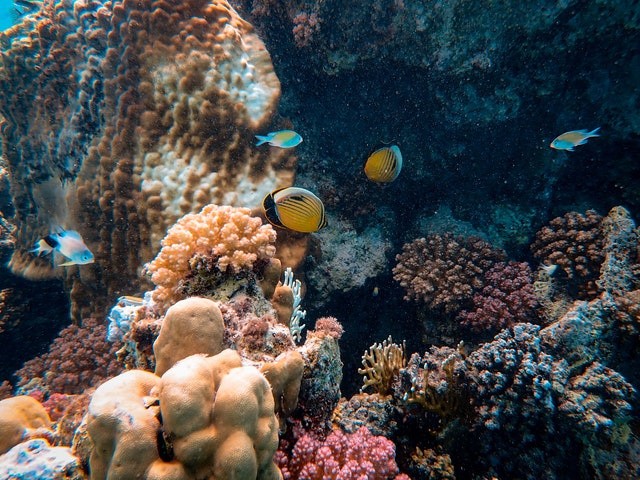During and after heatwave, scientists assessed an island's coral, documenting which colonies survived and which perished.

How High Ocean Temperatures Affect Corals
They discovered that the largest corals were more affected by rising water temperatures, which is worrisome since the largest colonies are the most prolific, according to Phys.org.
In addition, the heatwave wiped off all of the newborn corals in the area which indicate that heat waves might completely alter the distribution of corals on reefs.
Most corals in shallow water are symbiotic. Algae live in their cells and get their energy from the photosynthesis of their companion cells.
Bleaching is a process that occurs when coral is under stress, and it may lead to the breakdown of this association. In either case, the coral's white skeleton is exposed. Corals may recover following bleaching, but if the stress persists, the colony is likely to perish.
The researchers wanted to know how the corals reacted to this occurrence. Six locations were inspected by divers, two on each of the island's three sides, for two species of coral. Over 2,200 colonies were divided into three sizes based on diameter and their health was documented.
Larger corals were more likely to be bleached or dead than smaller corals, according to main author Kelly Speare, a doctorate candidate at the University of California, Santa Barbara. Up to 76% and 66% of the island's prominent coral genera, Pocillopora and Acropora, were wiped off by the disaster.
Survivability of Corals
Researchers also studied the survivability of coral recruits by using coral settlement tiles. For months, Speare meticulously scanned roughly 65 tiles in March 2019 and again in July, spending hundreds of hours peering under a microscope. The heatwave also killed off virtually all of the young coral, according to the findings.
Even while the results are strong, It's still unclear how these patterns are being driven. It is possible that huge colonies are more sensitive to bleaching because of their physiological variations. Thus, they may be more inclined to remove their symbionts and use bleach to clean themselves.
There are several species of coral in these genera that resemble each other so much that the human eye can't tell them apart. Larger coral species may have been more vulnerable to environmental stress than the smaller corals now on the reef.
Speare, on the other hand, argues that newborn corals are vulnerable to a variety of methods. It's well known that the earliest years of life are particularly vulnerable to the effects of stress, she said.

Predicting the Impacts of Heatwaves on Corals
The reef might be devastated by the loss of both the biggest and tiniest corals. Larger coral colonies have a higher reproductive capacity, or fecundity, since they are made up of hundreds or thousands of individual individuals.
Speare said that a smaller population of corals would result in fewer baby corals, since fewer corals would be born in a smaller community.
The researchers utilized a mathematical model to predict. Scientists can better predict the effects of marine heatwaves if they understand its trends. Researchers may be able to identify which reefs are more vulnerable to climate change and which ones should be given more attention.
There's still a lot researchers don't know. If bigger colonies were more likely to bleach, or if they were more likely to perish after bleaching. More data points from a subsequent big bleaching event are needed to resolve this subtlety.
For more news, updates anot coral reefs and similr topics don't forget to follow Nature World News!
© 2025 NatureWorldNews.com All rights reserved. Do not reproduce without permission.





